bow legged baby nhs
Bow legs may become more obvious in toddlers as they begin to walk. When your childs legs dont straighten out even after toddlerhood its a cause for concern.

Bowleg Syndrome Symptoms Causes Diagnosis Treatments Limb Lengthening
Their legs gradually straighten out during their second year No treatment is needed as the changes happen naturally.

. Its rarely serious and usually goes away without treatment often by the time a child is 34 years old. Bowlegs is a condition in which a persons legs appear bowed out meaning their knees stay wide apart even when their ankles are together. Bow legs before the age of 18 months it is very common for children have a small gap between their knees and ankles when they stand.
If the gap is pronounced or doesnt correct itself check with your GP or health visitor. Illustration showing normal legs bow legs and knock knees. Not direct or forwardThere may either be either in-toeing or out-toeing.
Between the ages of 2 - 4 the condition generally improves. Osteoarthritis is mostly seen in adults. Bow legs and knock knees in children Bow legs and knock knees are a normal part of a childs growth.
Experts recommend reassuring parents that bow legs usually resolve spontaneously by 4 years of age and that nonsurgical interventions for example bracing special shoes and inserts are not usually indicated Mooney 2014. Before the age of two most children have this small gap between their knees when they stand. Bowed legs also known as genu varum or bowlegs is a common condition occurring in infants and toddlers.
Bow Legs is when there is a small gap between a childs knees and the ankles when standing with the feet together. This becomes more noticeable when they begin standing and walking. Bow Legs in Children.
In normal development your childs legs will become straighter by. I have found you a little piece of information on Bow Legs from the NHS choices website which. The most common cause of bowed legs in the toddler age range is simply normal development.
Walking often exaggerates this bowed appearance. In most children bow legs and knock-knees do not need treatment. The Finnish bedrock belongs to the old Fennoscandian plate where only small parts are younger than 1 800 million years.
Bow legs genu varum It is normal for infants to be born with bow legs. The medical name for bow legs is genu varum and knock knees is genu valgum. If the baby stands or lies with their feet together there will be a space between the knees.
Baby and child health. The legs gradually straighten as the infant grows and develops and bow legs will usually have disappeared by the age of 4. This means that most babies look like they are bow legged when they start walking.
Born with bowed legs and tend to straighten out between 12 and 24 months. Bowed legs are easily noticeable in children. Orthopaedic Department Bow Legs Knock Knees Flat Feet and In-toeing Information for parents and carers Illustration showing twist in lower leg and thigh.
Baby and child health. For most children with bow legs no treatment is required because the deformity resolves over time Mooney 2014. 10 month old baby wont bear weight on legs.
Their knees do not meet while in this position. This bowing is due to the forming of the legs while the baby is still in the womb when the bones are soft and flexible. Bowed Legs Blounts Disease Bowed legs in a toddler is very common.
Bow legs or genu varum is when the legs curve outward at the knees while the feet and ankles touch. But a child who still has bowlegs at about age three should be evaluated by orthopedic specialist. When a child with bow legs stands with their feet and ankles together the knees stay apart.
Bowlegs refers to a condition in which a persons legs appear bowed bent outward even when the ankles are together. The majority of Finlands bedrock accounts for 1930. As a child develops different parts of the body grow at a different rate.
The result is a bow-shaped appearance in your babys legs when theyre standing with their feet and ankles together. The bend in the legs often causes the child to also walk pigeon- toed with feet pointing inwards. Knock knees that dont improve on their own can also place your knees under extra pressure which may increase.
The symptoms of bow-leggedness in babies include. It is normal in. The oldest part of the bedrock is the archeological bedrock of 2800-2700 million years old in eastern and northern Finland.
It is normal in babies due to their position in the womb. Anybody can be born with achondroplasia but once a person has the condition it will run in the family and one in two of that persons. If it defects the inner joints of the knee bowed leg deformity also progresses.
It causes severe pain in using legs. In most children bow legs. A small distance between the ankles is normal but in people with knock knees this gap can be up to 8cm just over 3 inches or more.
This is normally seen in children until the age of two years. It is present in both legs. The common factor of bowing in the legs is to wear and tear of arthritis knees.
The bend in the legs often causes the child to also walk pigeon- toed with feet pointing inwards. Accordingly bowed legs are usually just another aspect of babys development. Bowlegs is also known as.
Sometimes older kids do too. It is normal for a babys legs to be bowed at birth. 10 month old baby wont bear weight on legs.
Also known as genu varum bowlegs are an outward curve of the upper half femurs and lower half tibias of the leg bones. Awkward walking pattern ie. When a child with bowed legs stands with his or her feet together there is a distinct space between the lower legs and knees.
Achondroplasia is caused by a genetic mutation a change within a gene. A child has bow legs if when they are standing with their feet together their knees do not touch. As a result skeletal alignment can change causing some unusual appearance of the extremities at specific ages.
This is very common in children as they start to walk. Knock knees dont usually cause any other problems although a few severe cases may cause knee pain a limp or difficulty walking. The basement is visible in many places.
This mutation can occur when the egg or sperm is being formed. Infants and toddlers often have bow legs. Photo and standing-alignment X-ray of a child with bowlegs.
This may be a result of either one or both of the legs curving outward. The support of joints of the knees and cartilage decreases in this condition. In normal development your childs legs will become straighter by.
It is a random event but the gene change can also be inherited. Rerucha et al 2017. Generally under the age of 2 years bowed legs are considered a normal.

Why Having A Bow Legged Baby Isn T As Scary As It Sounds
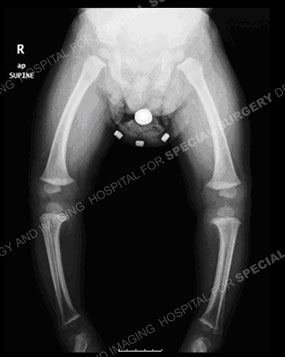
Bowlegs Symptoms Causes Diagnosis And Treatment Hss

False Curvature Of The Knees Bow Legged Correction Knock Knees Knock Knees Exercises

Bowed Legs In Babies Reason Cure Youtube
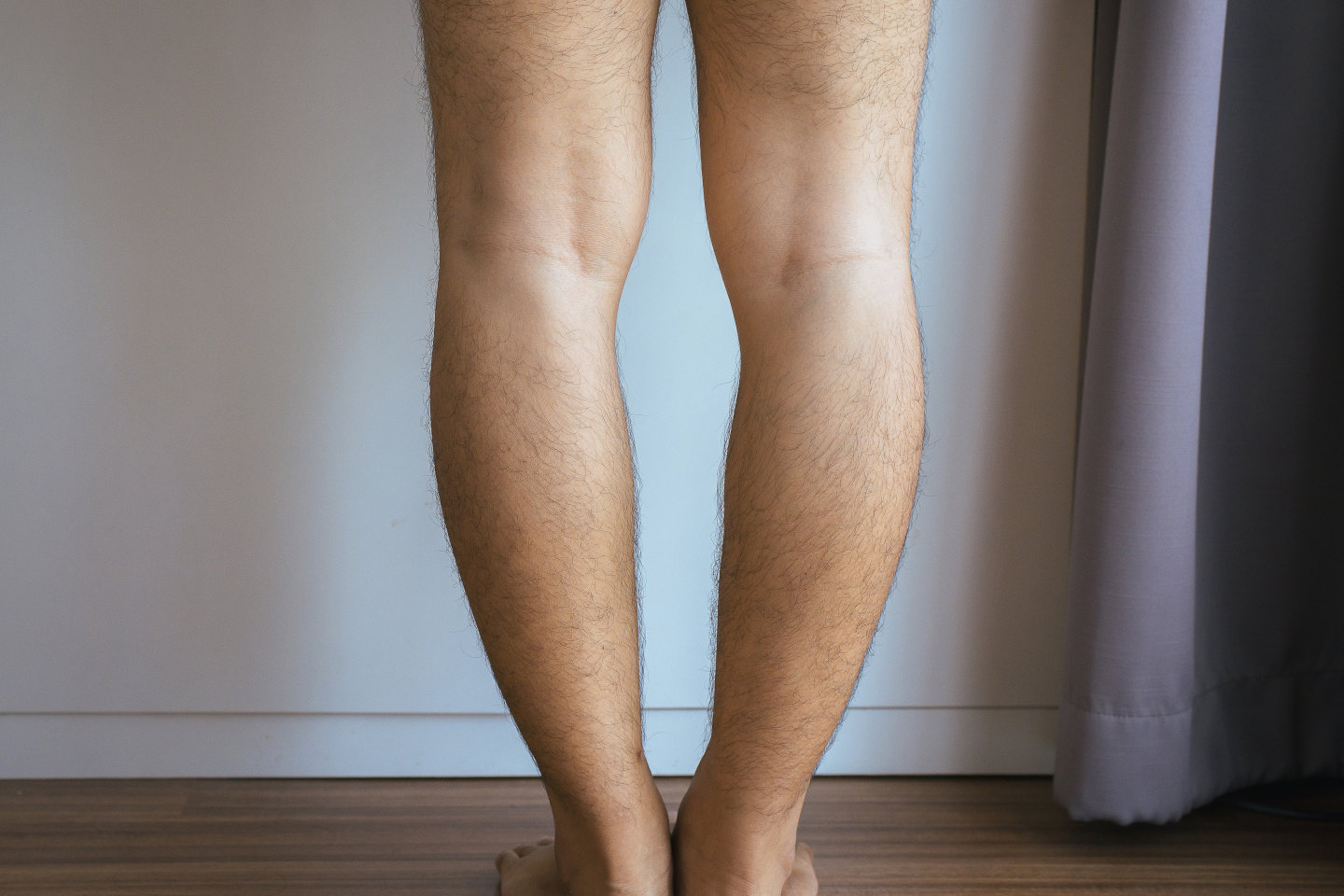
Bow Legged Assessments Orthotics Plus Melbourne
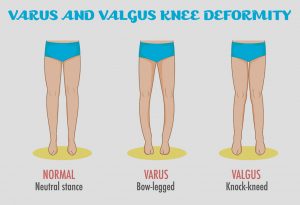
Do Baby Walkers Cause Bow Legs Celebrity Tn N 1 Official Stars People Magazine Wiki Biography News

Randy The Bowlegged Cowboy Bow Legged Correction Bow Legged Genu Varum

Can An Infant Become Bowlegged By Standing Too Early

Bow Legs And Back Pain How To Manage Postural Standing Problems

How To Correct Bow Legs Bowed Legs Bow Legs Nhs Can Bow Legs Be Corrected In Adults Bow Leg Cure Bow Legged Correction Bow Legged Leg Workout
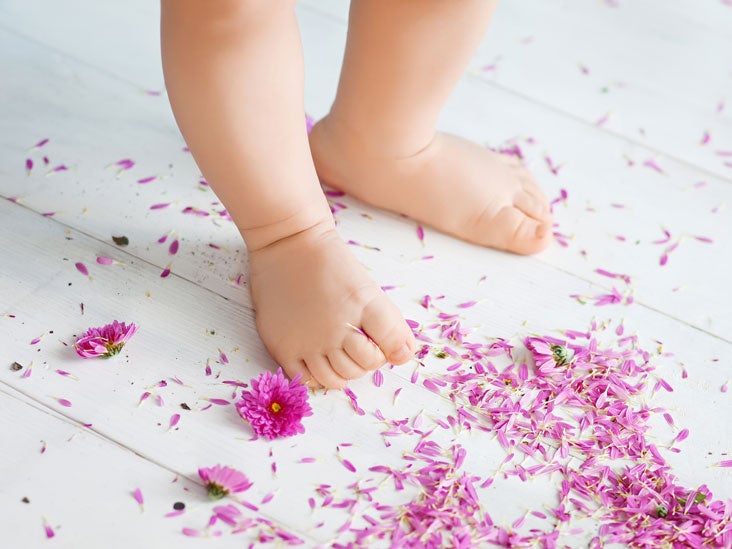
Bowlegs Congenital Genu Varum Causes And Treatment
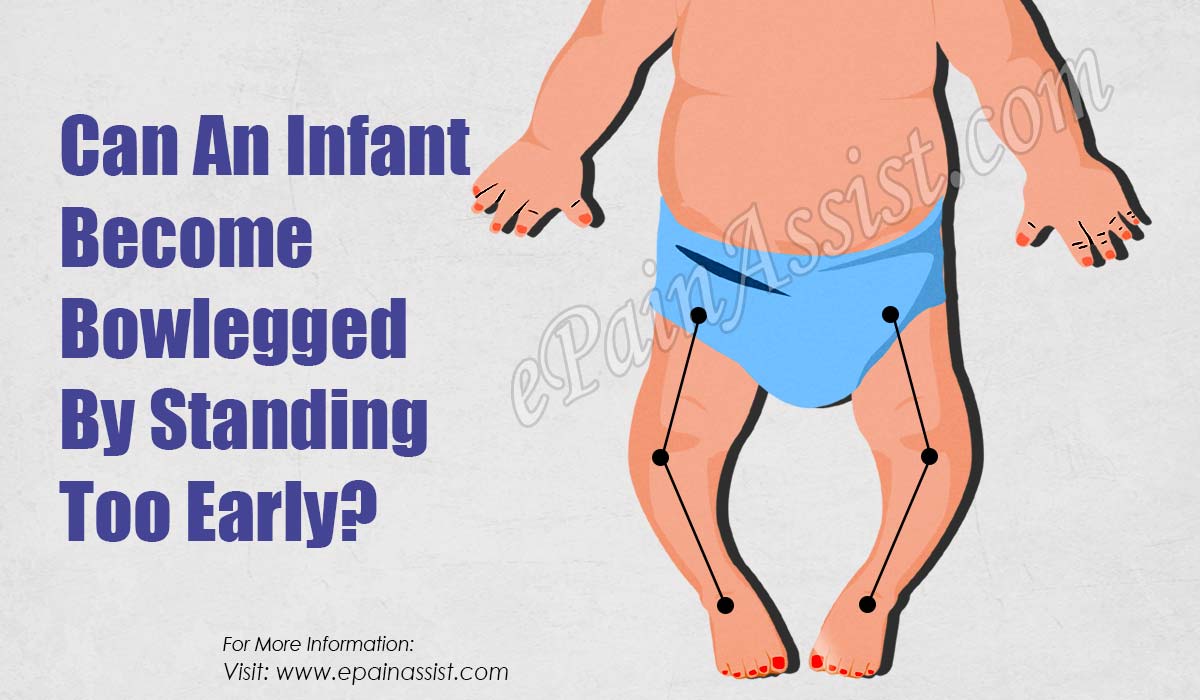
Can An Infant Become Bowlegged By Standing Too Early

No More Bow Legs Time To Say Good Bye Bow Legged Correction Knock Knees Bow Legged
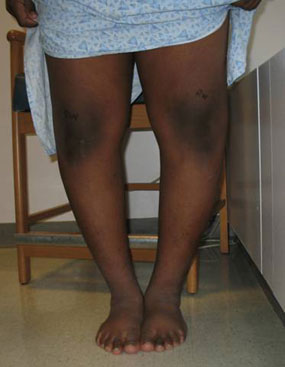
Bowlegs Symptoms Causes Diagnosis And Treatment Hss

Correct Bow Legs Hide Bow Legs Straighten Bow Legs Legi Bow Legs Cosmetic Support Can Bow Legs Be Bow Legged Correction How To Wear Leggings Bow Legged
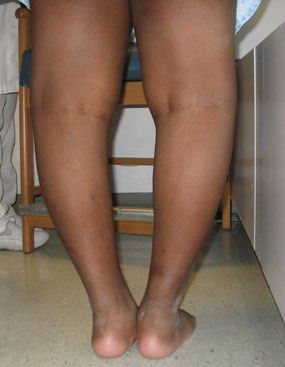
Bowlegs Symptoms Causes Diagnosis And Treatment Hss

How To Correct Knock Knees In Adults Without Surgery Exercises For Knock Knees Correction Knock Knees Correction Bow Legged Correction Knock Knees
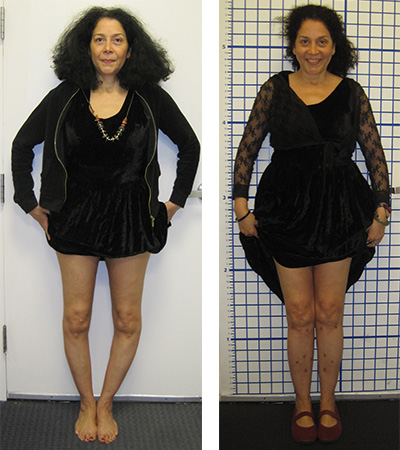
Bowleg Syndrome Symptoms Causes Diagnosis Treatments Limb Lengthening

Paediatric Orthopaedic Conditions Affecting Child S Movement Health Plus